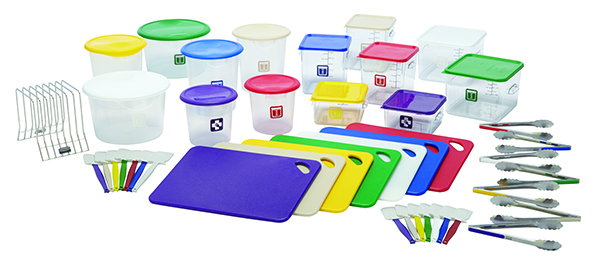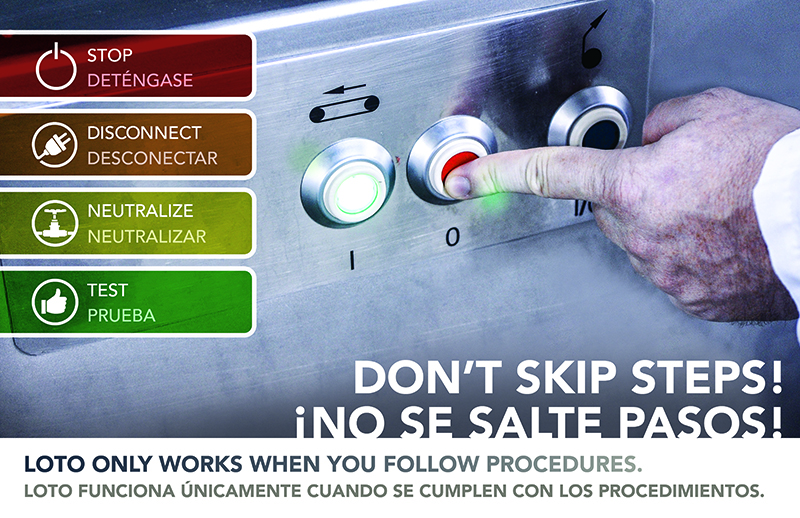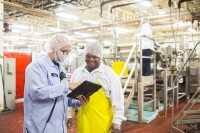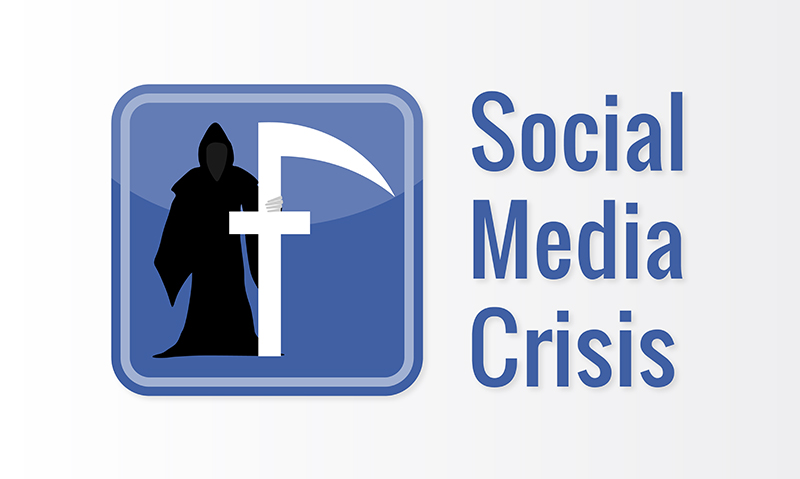In today’s digital age, the use of imagery in social media, articles and marketing materials has become increasingly prevalent. Images can enhance (or distort) the messages conveyed through text, bringing about a range of positive and negative consequences. This article explores the multifaceted nature of imagery, focusing on its impact on accountability, brand reputation, liability, adherence to the FDA Food Code regulations, legal ramifications, and the concern of those who monitor these visuals.
Some important things to consider include:
Accountability of Site Owners. Using imagery in social media and on website is a significant responsibility for publishers and social media page managers. Visually appealing imagery can attract users and enhance engagement, leading to increased traffic and revenue. However, site owners must ensure that the images used are accurate, ethical and respectful. Failure to do so can result in misrepresentation, manipulation or dissemination of harmful content, leading to a loss of trust as well as accountability issues for the site owner or publisher.
Brand Reputation. Imagery plays a crucial role in shaping brand identity and reputation. Effective use of the proper visuals can help establish a strong brand identity and improve consumer perceptions of your products. The right imagery evokes emotions, creates connections and enhances brand recognition. However, a mismatch between the imagery and the brand’s values—or the use of misleading visuals—can damage an organization’s reputation, leading to public backlash and eroding trust.
Liability. Copyright infringement, invasion of privacy and/or the use of misleading or deceptive visual content can create liability concerns for brands and publishers. Content creators must understand and adhere to legal guidelines governing the use of images to avoid legal repercussions and potential damages. For instance, unauthorized use of copyrighted images can lead to legal claims and financial penalties. Additionally, manipulation or propagation of explicit, defamatory or offensive visuals may result in lawsuits and reputational damage. Content creators must be vigilant in obtaining proper permissions and ensuring their visuals comply with legal standards.
Compliance and Regulations. Images are widely used to market food products, services and brands, as well as to influence consumer choices. However, these images must align with the FDA Food Code and FD&C Act regulations, both of which require an accurate depiction of advertised food. Misleading visuals can result in false expectations and regulatory violations.
In addition, using imagery that visually represents U.S. regulations and industry standards for safe food handling and preparation is critical for businesses, as it assures consumers that your methods align with recognized food safety guidelines.
Who’s Watching
In the digital age, the responsibility of policing imagery goes beyond site owners and extends to society as a whole. Users, consumers, regulatory agencies, insurance companies, attorneys, competitors and advocacy groups are pivotal in monitoring and holding accountable those who misuse or manipulate imagery. Vigilance from individuals and collective efforts to report inappropriate imagery can create an environment of shared responsibility, fostering greater accountability across social media, print publishing and the Internet.
Using images that are accurate and compliant with federal and state regulations can have multiple benefits, including:
- Legal Compliance. Images that adhere to (or reflect) FDA Food Code requirements help businesses avoid potential legal issues and penalties that may arise from noncompliance and boost a brand’s reputation.
- Health and Safety. The FDA Food Code is designed to ensure food safety and protect public health. Using compliant images can help promote and reinforce safe food handling, preparation and display of food, reducing the risk of foodborne illnesses.
- Consumer Trust. Displaying food images that are compliant with U.S. regulations and industry best practices show a commitment to maintaining high standards of quality, safety and hygiene. This can help build trust with key audiences, including consumers, regulatory bodies, advocacy groups and influencers, leading to increased credibility and brand reputation.
- Clear Communication. The FDA Food Code provides guidelines on proper labeling, disclosure of common allergens and accurate representation of food products. Compliant images enable effective and clear communication of important information to consumers, ensuring they have the necessary details to make informed choices.
Imagery in social media and printed articles holds immense potential to positively impact engagement, brand reputation and communication. However, it also brings forth challenges related to liability, accountability, adherence to legal and ethical standards, and the need for effective monitoring. Stakeholders must balance harnessing the power of visuals and ensuring their responsible use. As technology further evolves, the continuous improvement of content moderation systems and cooperation among platform owners, publishers and creators become crucial to mitigate the negative aspects associated with imagery and maximize its positive potential.
















 While cities like Guelph, Ontario, are being dragged into the age of public disclosure, countries like Singapore have been training and using restaurant patrons as gumshoes for a decade to help public health types identify possible infractions through the use of cell phones (with nifty cameras).
While cities like Guelph, Ontario, are being dragged into the age of public disclosure, countries like Singapore have been training and using restaurant patrons as gumshoes for a decade to help public health types identify possible infractions through the use of cell phones (with nifty cameras).